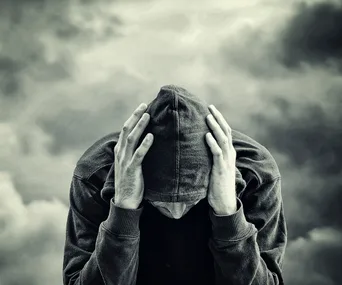From term three this year, more than 280,000 primary school students across Australia – some as young as ten years old – will be taught about methamphetamine, commonly known as ice.
The program is being developed in response to reports that children as young as 11 are experimenting with the drug, with catastrophic consequences.
Victorian magistrate, Stella Stuthridge, has seen several 11-year-olds struggling with the highly addictive drug and many more find their way to her court before they reach their 15th birthday.
“Education is really important because it’s a relatively new drug so the culture around the drug is still forming,” Stella Stuthridge says. “When the general public, and children, have an accurate knowledge around drugs and their effects it can slow down the positive culture around a particular drug.”
Although cannabis and alcohol, which are the more commonly abused drugs with experimental kids, can cause damage to growing brains the effect ice has on the developing brain can be catastrophic.
“Young people will experiment with things, it’s a natural part of adolescence, parents might not want them to, but they do, and part of the problem we have now is that experimenting with ice is so dangerous to your brain development, it’s dangerous to your cognitive health as you grown up,” she says.
The ice epidemic is all pervasive. Where once it may have been kids from the wrong side of the tracks experimenting, now, it is not demographic or socio-economic specific.
“There would have been a time when most of the kids I saw would have come from disadvantaged families, but now I’m seeing kids that come from very good families, good schools, but they choose to experiment with a drug that is not a good drug to experiment with.”
Twenty-four per cent of Australians under the age of 18 years of age have experimented with illicit drugs, and according to a 2011 study of secondary schools by The Cancer Council, but only 2.9 per cent of 12-17 years old have tried methamphetamines, so the primary aim of the program is not to help kids get off drugs, but to prevent them from trying it in the first place.
“We recognise that the age group we’re targeting are not the kids on ice,” says Life Education CEO Kellie Sloane. “We are aiming to get them early, we’re aiming to arm them with a whole lot of tools to take into their teenage years that will equip them to make safe and healthy choices when it comes to all drugs, including ice.”
Life Education Australia has been granted $475,000 to produce the program which will be delivered to upper primary and secondary school children.
“We recognise that saying no to a child- just don’t do it- is not good enough. Kids have enquiring minds, today more than ever before, and we’ve found the best approach is arming them with information, telling them what illicit drugs do to your body and we hope that by giving them that information they will make the choice themselves to say no.”
Arming children with information is no doubt important, but it is also possible that bringing awareness to something where there was no awareness before can cause more harm than good.
”A health education program can work against its overt message by inadvertently reinforcing the behaviours it aims to work against. Scare tactics, for example, can inadvertently glamorise risky behaviours,” suggests Helen Cahill in her 2003 study.
Dr Leanne Hides, from the Queensland University of Technology is a clinical psychologist with expertise in substance disorders in young people, believes that caution should be taken when educating children about drugs and alcohol in order to prevent precisely that.
“They need to assure that there are no adverse effects from any education program and ensure that it is designed using only evidence based research that won’t result in any unintended effects,” says Dr Hides.
The program will be ready to roll out to school across Australia in term three.



